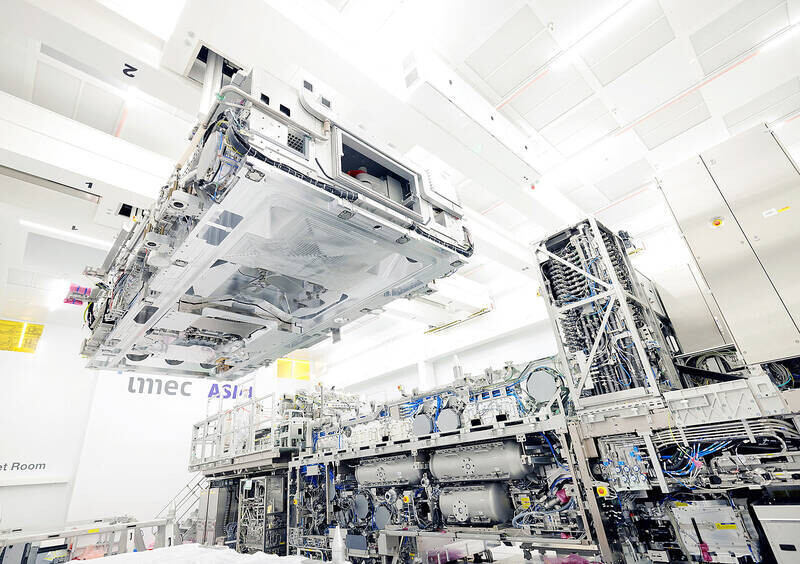ASML said its latest High-NA extreme ultraviolet (EUV) chip manufacturing tools, called High-NA Twinscan EXE, will cost about $380 million each – more than double the cost of current systems Low-NA EUV lithographs, which cost about $183 million
The company has received 10-20 initial orders from companies such as Intel and SK Hynix, and plans to produce 20 High-NA systems annually by 2028 to meet demand. High-NA EUV technology should be a significant breakthrough, as it can improve print resolution to 8 nm compared to 13 nm in current Low-NA EUV tools, TechPowerUp reports. It will make it possible to produce transistors that are almost 1.7 times smaller, which means a threefold increase in the density of transistors on the chip. Achieving this level of precision is critical to the production of sub-3nm chips, which is the industry goal for 2025-2026. This also eliminates the need for complex double templating techniques currently in use.
However, higher performance comes at a price—literally and figuratively. The hefty $380 million price tag for each High-NA system poses financial challenges for chip makers. In addition, larger High-NA tools require a complete reconfiguration of chip manufacturing facilities. The halved image field also requires a rethink of chip design. As a result, implementation timelines differ between companies – Intel intends to deploy High-NA EUV on an advanced 1.8nm (18A) node, while TSMC is taking a more conservative approach, potentially only planning implementation in 2030, and is in no rush to use these lithographs machines, since the company’s components are already developing well and in a timely manner.
Interestingly, the installation process for ASML's 150,000 kg High-NA Twinscan EXE system requires 250 boxes, 250 engineers and six months to complete. Thus, installation and operation of this delicate equipment will be as complex as production.
Join the ITS Authors Contest! Win cool prizes from our partners Logitech – professional gaming steering wheel and low-profile gaming keyboards.

